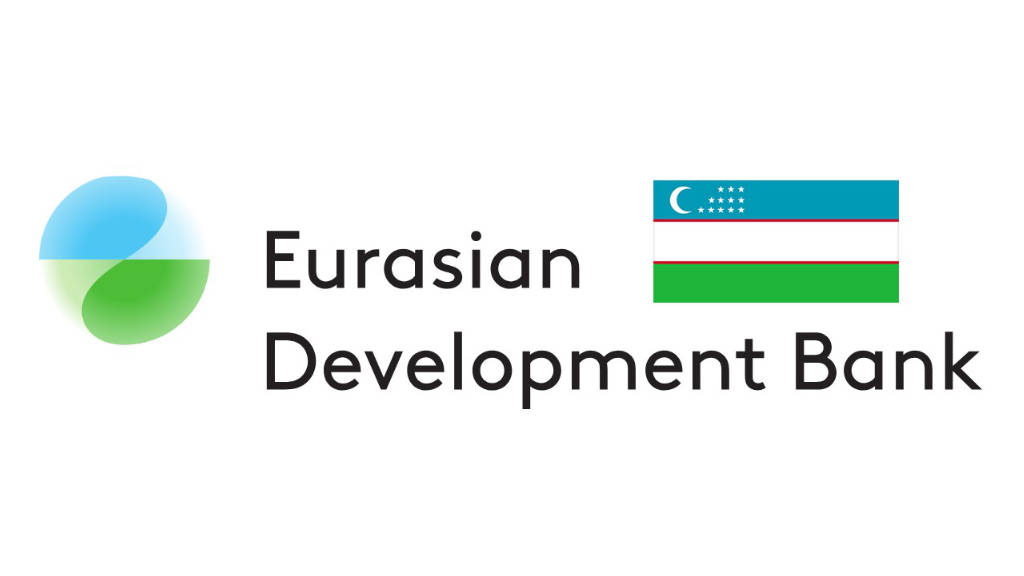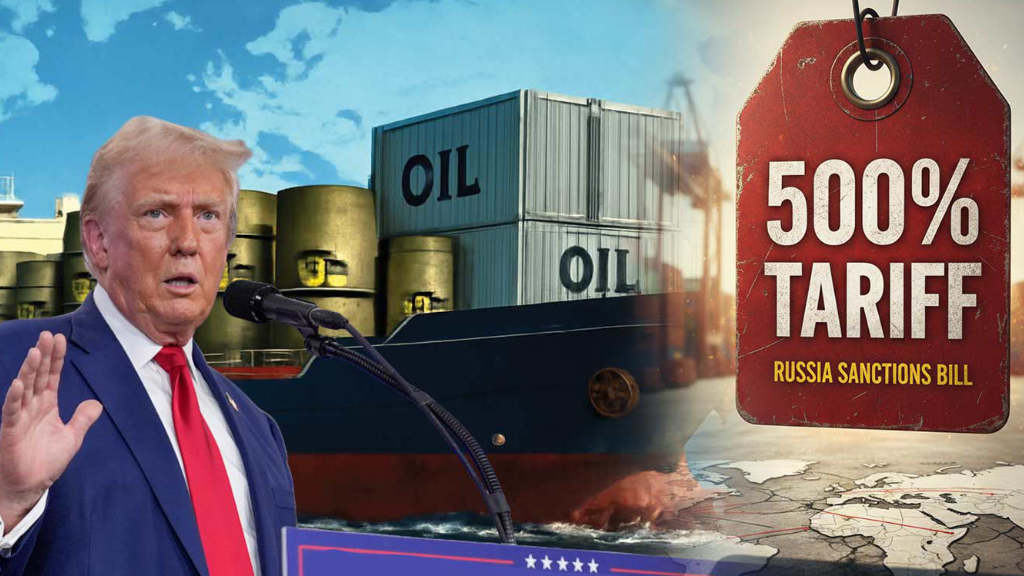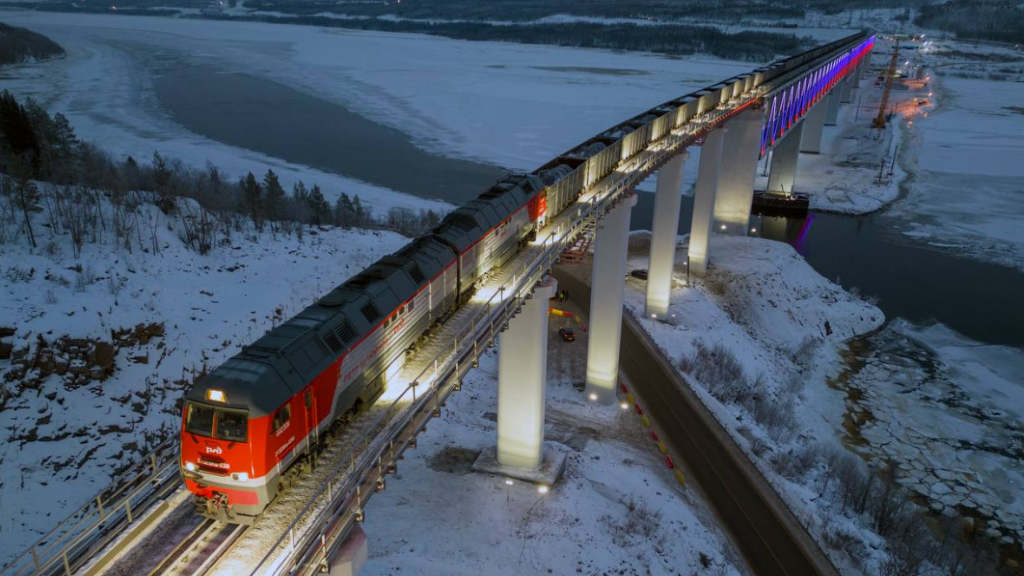Uzbekistan is completing the procedure to join the Eurasian Development Bank (EDB), Prime Minister Abdulla Aripov said at a meeting of the Eurasian Intergovernmental Council in Yerevan.
The EDB is an international development bank with charter capital of US$7 billion. Russia, Armenia, Belarus, Kazakhstan, Kyrgyzstan, and Tajikistan are the bank’s shareholders. Uzbekistan’s decision to participate – it will invest and acquire 10% of the banks equity – is another step towards it joining the Eurasian Economic Union (EAEU) a Free Trade group that also includes all the EDB members bar Tajikistan. Uzbekistan is currently an observer state in the Eurasian Economic Union (EAEU) and has been discussing full membership.
EDB Governor Nikolai Podguzov, speaking during the bank’s annual meeting in Almaty in June said that the legal issues of Uzbekistan’s accession to the EDB would be settled by the end of this year.
The EDB was founded in 2006 and is headquartered in Almaty, Kazakhstan. It has a branch in St. Petersburg and representative offices in Astana, Bishkek, Dushanbe, Yerevan, Minsk, and Moscow.
EDB Methodology and Projects
The EDB’s mission is to promote market economies and economic growth in its member states and help expand trade and other economic ties between them by means of investment. This includes financing investment projects that improve living standards and develop the business and financial environment in the recipient countries by lending to state or private enterprises, public-private partnerships (PPPs), equity participation, issuing guarantees, financing private investment funds, and providing loans to commercial banks for corporate on-lending.
The Bank also implements digital transformation projects in the EAEU+ and provides financing to banks, companies, and enterprises by investing in new and ongoing projects and supporting investment projects in the pipeline. The EDB’s portfolio mainly consists of projects in transport infrastructure, digital systems, green energy, agriculture, manufacturing, and mechanical engineering. Examples of projects that have been implemented with the EDB’s participation and financing include the following:
- Reconstruction of the Almaty Airport terminal and Ring Road (Kazakhstan);
- Construction of the Central Ring Road in Moscow;
- Complete replacement of passenger railcars for Armenia’s national railway carrier;
- Financing the Russian-Kyrgyz Development Fund’s targeted programmes;
- Construction of the Polotsk Hydropower Plant on the Western Dvina River in Belarus) amongst numerous others.
EDB Development Strategy to 2026
The bank launched a development strategy for 2022–2026 and set out several objectives:
- Strengthening the Bank’s integration role in the EAEU+, and increasing the banks total investment to US$10.9 billion;
- Implementing and investing in integration mega-projects in transport infrastructure and logistics, food security, water and energy: the Eurasian Transport Corridor, the Eurasian Commodity Distribution System, and the Central Asian Water and Energy Complex;
- Developing the EDB’s digital projects by focusing on support for the digital agendas of the Bank’s member countries to promote their digital transformation;
- Promoting the UN Sustainable Development Goals and ESG approaches in the Bank’s corporate governance, and increasing financing for the Bank’s green and social projects;
- Enhancing operations in the EDB’s minority shareholders. Five-year strategies have been developed for each of the Bank’s member states, tailored to their economic and investment profiles. EBD investments in Armenia, Kyrgyzstan, and Tajikistan are expected to reach US$500 million by 2026.
EDB Think Tank
The Bank’s own research activities have made it a reputable think tank. The EDB is involved in major research and applied projects; prepares reports and recommendations on regional economic integration for member governments; regularly hosts conferences and round table discussions; and publishes sector- and theme-specific reviews, macroeconomic papers analysing economic developments in and forecasts for the region, as well as information on regional integration, development bank activities, and investment project financing in the EAEU+.
In 2021, the EDB research team published the following studies: The International North–South Transport Corridor: Promoting Eurasia’s Intra- and Transcontinental Connectivity; EDB Monitoring of Mutual Investments for the twelve CIS countries and Georgia; Investment in the Water and Energy Complex of Central Asia; and Uzbekistan and the EAEU: Prospects and Potential Impact of Economic Integration.
Sanctions & Credit Ratings
As a side note, although the EDB has not been sanctioned, Western ratings agencies have suspended ratings for the EDB. An example is the statement issued by S&P here.
The suspension of such ratings interferes with a banks ability to raise capital or investment from capital markets and could impact on interest rates from its own investors. Readers may decide whether or not decisions such as S&P’s are purely financial, or politically motivated.
Such actions are one of the reasons why the BRICS group has stated it intends to discuss the establishment of alternative credit ratings agencies and will do so at the upcoming annual Heads of State meetings later this month in Kazan.
Further Reading





